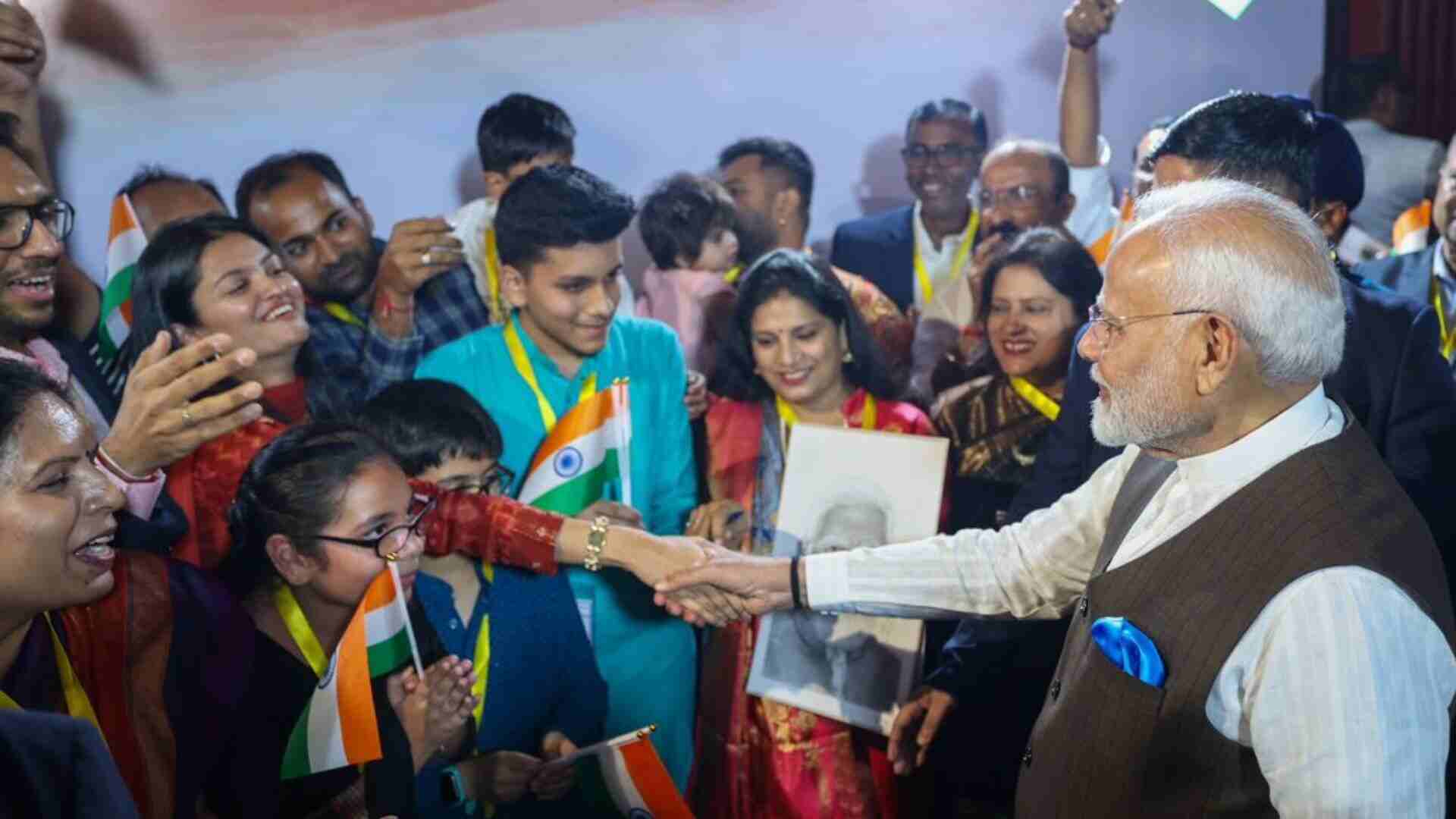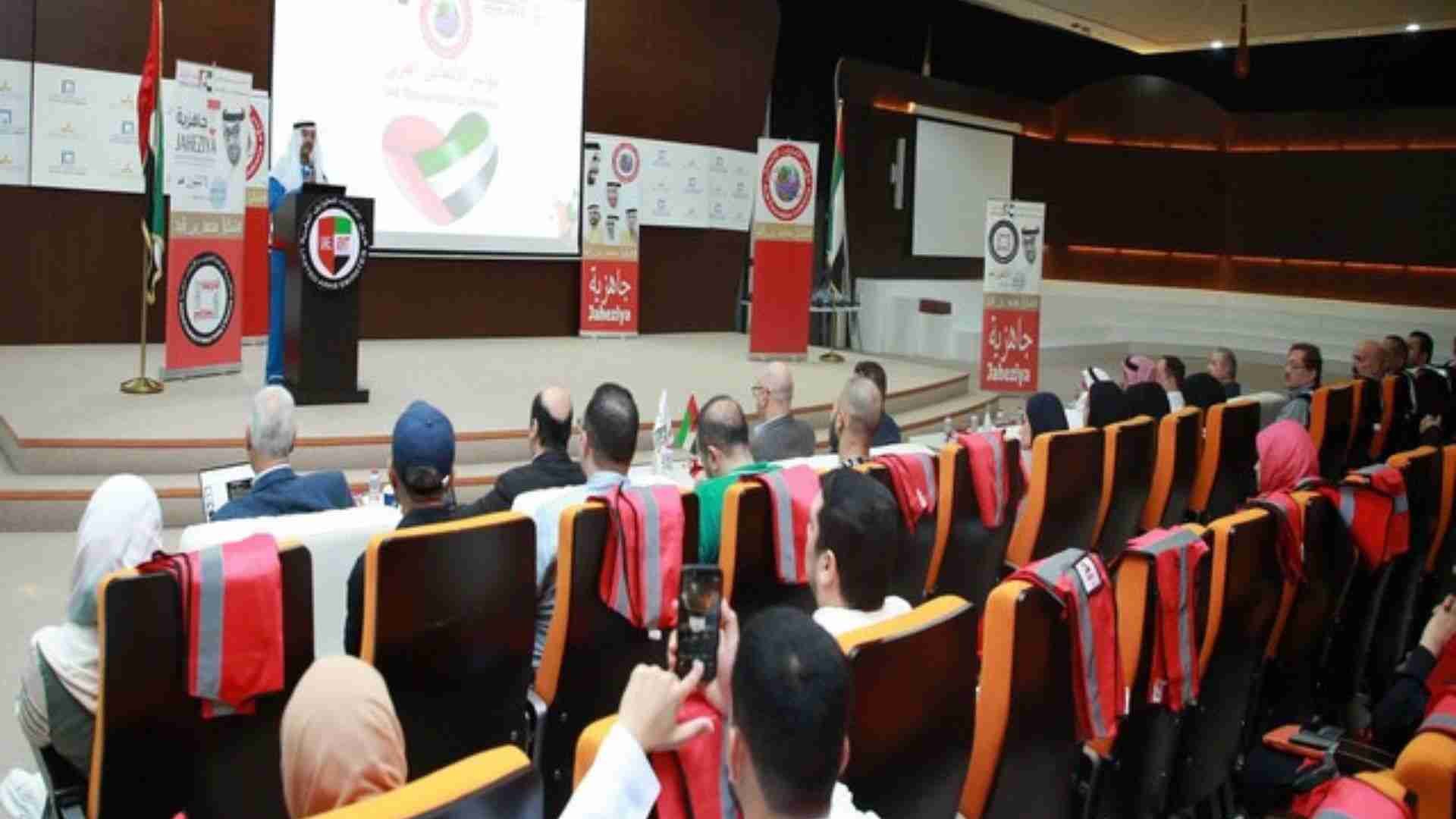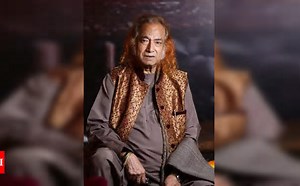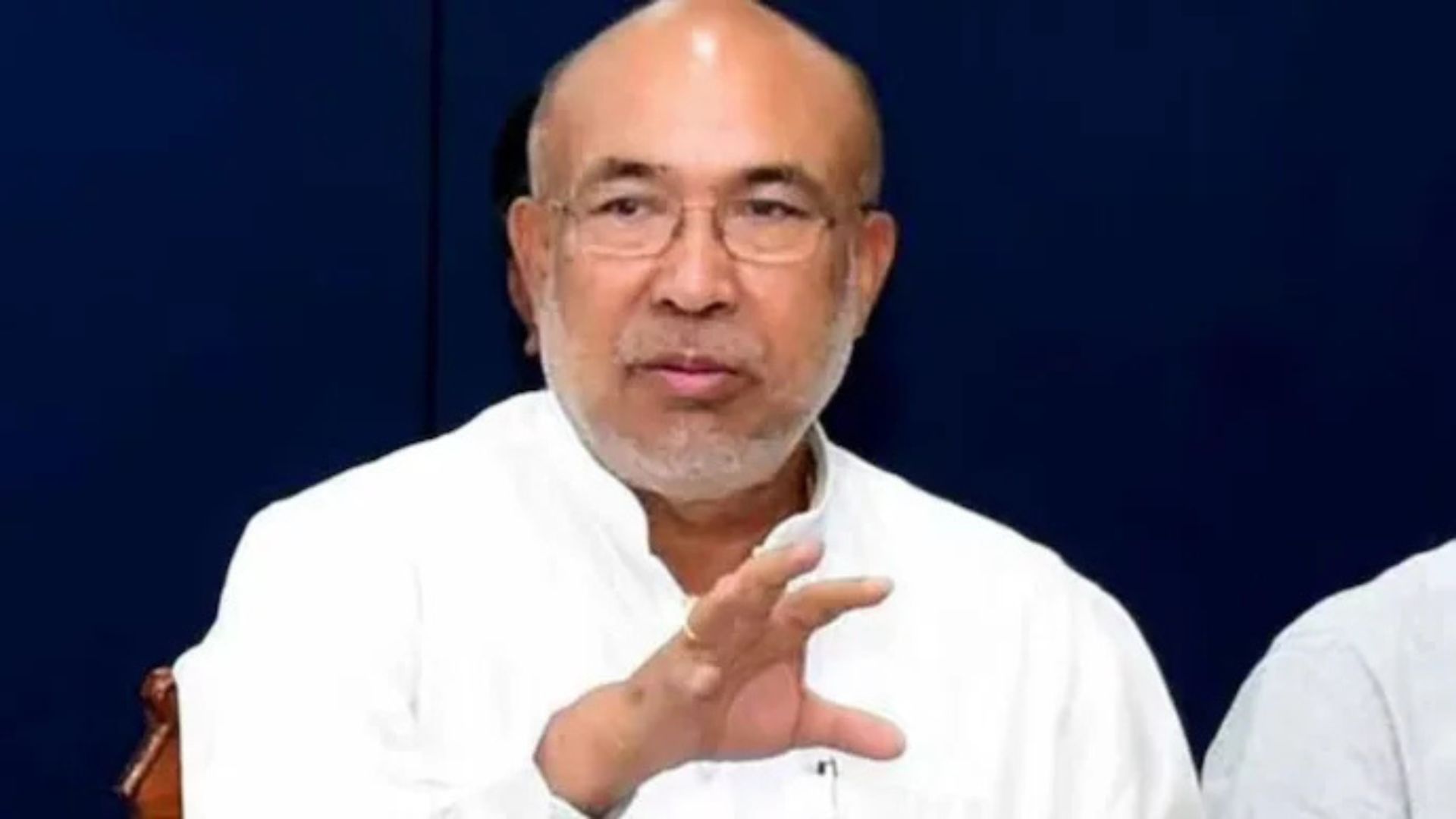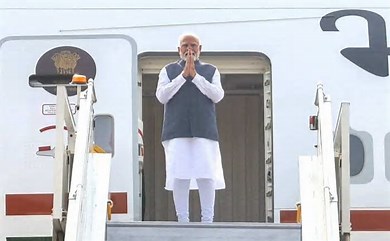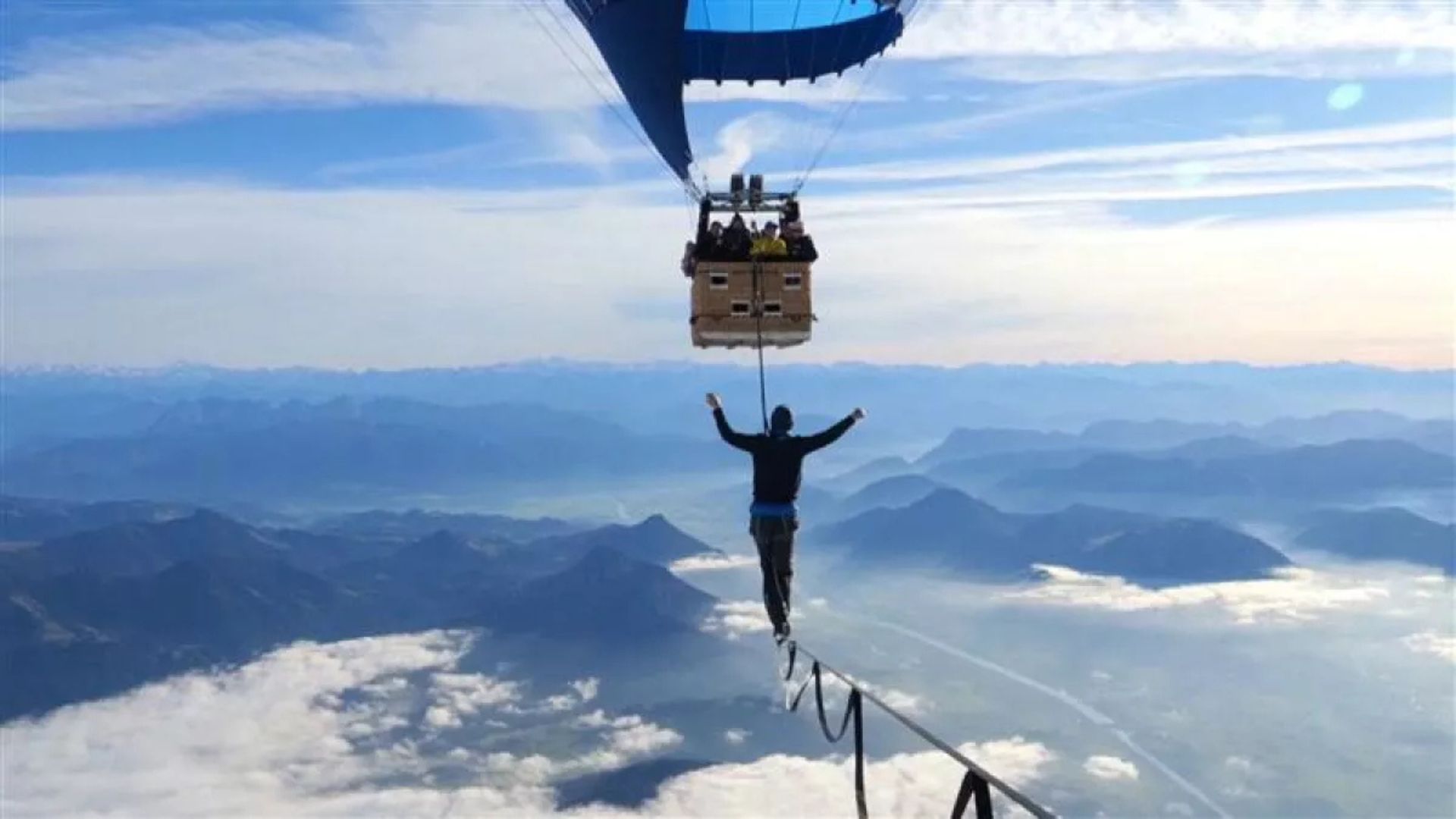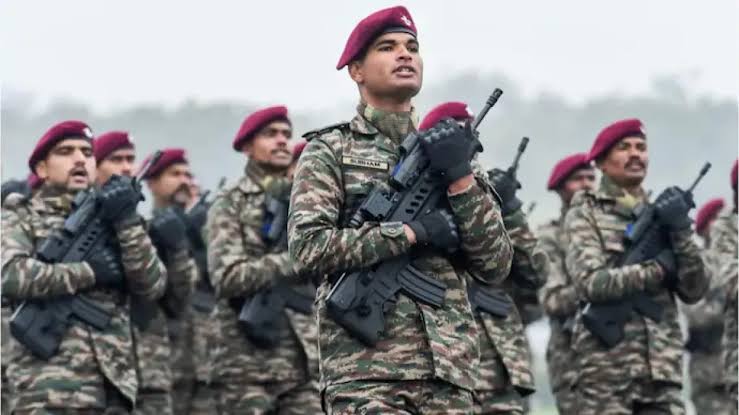
India celebrated its 75th Army Day yesterday (15 January 2023) to mark the historical event of the first-ever Indian, General Kodandera M Carriappa’s (Later Field Marshal) appointment as Commanderin-Chief of the Indian Army on 15 Jan 1949. He succeeded General Francis Roy Bucher.
The Army has witnessed gradual transformation since independence in all spheres of its overall structural, organizational, and warfare tactics more so in the recent past to maintain pace with the rapidly changing security environment, especially after the 1971 Indo-Pak war and post-Kargil scenario of 1999 onwards. Sustained unrest in Afghanistan, the emergence of Pakistansponsored terrorist activities on LOC as well as Chinese aggression over LAC especially in Ladakh, Doklam, and recently in Arunachal Pradesh has compelled India to push major reforms to reshape forces to the tune of ultra-modern forces so as to counter any impending multifactorial threat on Indian Security and sovereignty.
Ongoing Ukraine-Russia conflict has further infused acceleration of the process of Indianization of weaponries under Atmanirbhar Bharat as the country has to be selfreliant on its security needs and cannot depend on any one country or block in the future. The series of ongoing reforms including establishing a new department of Military Affairs under the Ministry of Defence, the appointment of CDS, and the initiation of the process to restructure military operational setup into theatre command comprised of integrated battle groups (IBG) knitted with synergization among all three services at the level of Operational, Intelligence and Logistic supports. Induction of Agniveer on a short-term basis is also part of the modern doctrine to make armed forces quick, slim, lethal and younger in age to post a rapid and decisive response at the time of any impending enemy action in the future.
The traditional armed forces world over have been Infantry centric and supported by Artillery and armoured columns to occupy and hold the territories for an indefinite period. However gradual and significant advancement in the field of navigation, aerial, maritime, nuclear, and rocket technology as well as experience gained during post-World War II era, has shifted the epicentre of war tactics towards the need for highly sophisticated, agile, multidimensional yet integrated and synergized forces in toto.
This has conceptualized and resulted in the creation of customised IBG and theatre command in the armed forces.
The concept of IBG is not new in military doctrine. The American army has been structured into theatre commands having IBG as its strike component since the World War II. IBG in the US army is larger than a brigade and smaller than divisional strength. The Chinese PLA has adopted IBG and Theatre Commands of different compositions than other countries since 2016, depending upon terrain and tactical situations. The IBG in PLA is almost of divisional strength and functions directly under the command of the ruling Communist party as in China; the military officially acts as the military wing of the Communist party.
All military establishments including Theatre Command and IBG have representatives of the ruling party in the process of a chain of command and decision making. IBG in PLA is closely associated with other components like artillery, armored, air defence, air assault, engineering, chemical defense, and Special Operations Forces (SOF) from the same group of IBG or command. Whereas the Russian army has adopted the concept of ‘Battalion Tactical Group (BTG), those are much smaller than Brigade strength to have more contractual soldiers than regular soldiers. Though BTG is very useful to launch a crisp high intense, quick operation with the heavy application of artillery against a small target group, it could not sustain and succeed to achieve the ultimate target of a decisive victory in the Ukraine conflict.
This happened due to their smaller strength, lack of experienced and mature troops those are capable to act during the crisis as well as the inability of BMG to sustain prolonged operation and hold the ground, absorb or recover from the operational attrition. Failure of the Russian army and its structural, operational, and doctrine modules indeed is a great lesson for other countries including India while designing the restructuring of their militaries.
Once planning for IBGs, we have to weigh and critically analyze their advantages and limitations as well. IBGs are very good for a quick and offensive operation limited to a period of less than a week. Standalone IBG cannot function effectively unless equipped with logistic support from ground-holding forces as IBG possesses logistics to maintain their agility and rapid action. The composition of each and every IBG should be flexible in terms of strength, configuration, and inventories even in the same strike or defensive corps formations. It is expected to have a strength of IBG less than division and larger than brigade, IBG deployed on mountainous terrain may have Less strength as compared to IBG placed in the desert or dense forest.
Their configuration of equipment, artillery, and armored, rocket, communication, engineer, surveillance, medical and other logistics will be varying for each and every IBG depending upon terrain ,threat and operational role assigned to them. The immediate and sustained air dominance support from the air battle groups is essential for IBG to achieve its tasks. IBG deployed in a theatre adjoining the river bastion of Brahmaputra and Bangladesh, North Gujarat, Rann of Kutch and Pangong Tso in Eastern Ladakh should have the elements of Naval forces to make them more efficient. One each of the strike corps located in mountainous terrain on the Eastern and western front has been provided with IBGs as an initial pilot grouping.
Army effectively conducted an exercise Him Vijay in October 2019 in Arunachal Pradesh to evaluate the efficacy and capability of mobility, coordination, and communication of IBG against any threat in mountains. The next Level of restructuring will have the conversion of more strike and ground-holding Corps and divisions to be transformed as per newer tasks to engage and redefine the operational doctrine of the country. As per the prevailing enemy threat, India should have at least three restructured strike corps on the western international border, two on LOC and three groundholding establishments should also be made available to them.
In the same manner, we need to have an adequate number of restructured strike and groundholding forces on the entire LAC. The creation of IBG is aimed to transform the Indian army into modern forces and built on the highly technology-oriented, lean, and young organization that is capable of achieving operational agility, decisive and lethal capability to launch ultra-quick offensive operations or to secure the sovereignty of the country against any impending enemy action.
The Indian Army has to be transformed in a fashion to maintain an equilibrium between lethal strikes both at the time of offensive and defensive operations or to face conventional warfare. Hence a combination of IBG, Divisions, and Brigades at the corps and theatre level is most appropriate to support IBG and to prepare the army to launch a prolonged operation or to hold territories for an indefinite period.
Major General J.K.S. Parihar, Sena Medal , Bar to Vishisht Seva Medal (Retd.). Also a former Additional Director General, AFMS and expert on defence and international strategic affairs
